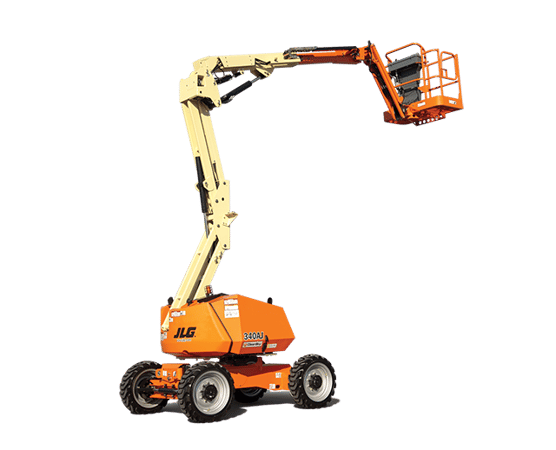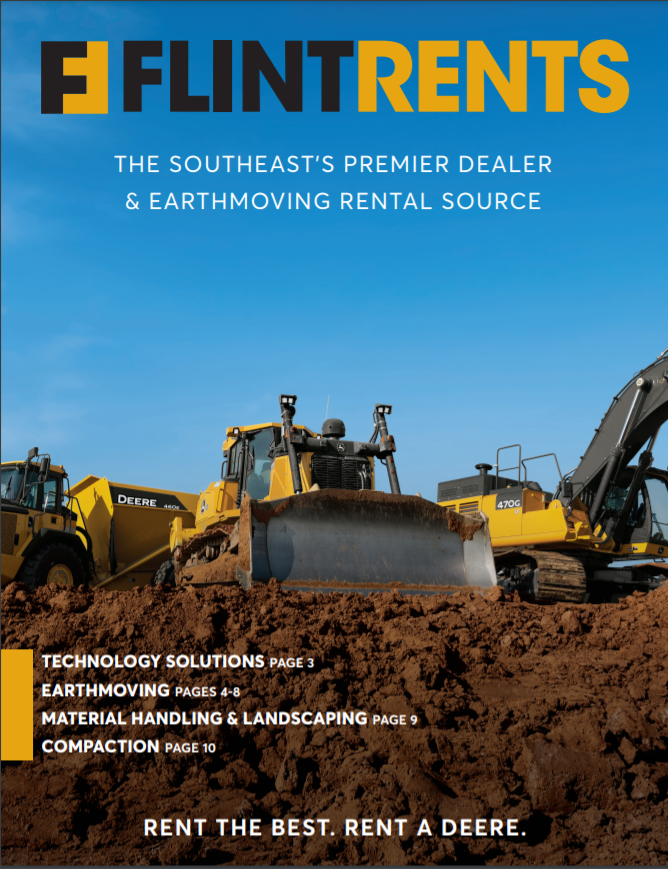Aerial Lift Rental: Versatile Training Solutions for High-Access Jobs
Aerial Lift Rental: Versatile Training Solutions for High-Access Jobs
Blog Article
Optimize Your Budget Plan by Understanding the Prices Related To Building Equipment Services
Recognizing the complete scope of expenses linked with construction devices leasings is crucial for maximizing your budget plan. What approaches can be employed to efficiently handle these prices and ensure a more effective rental experience?
Review of Rental Expenses
When considering building and construction equipment services, understanding the linked costs is extremely important for efficient budgeting and task planning. Rental expenses can differ substantially based upon a number of variables, including devices type, duration of service, and location. The preliminary rental cost frequently mirrors the equipment's market demand and its linked operational abilities, affecting the overall cost.
In enhancement to the base rental rate, supplementary expenses might arise, such as transportation charges, gas surcharges, and maintenance fees. It is necessary to account for these extra expenditures to accurately evaluate the overall expense of renting out equipment. Additionally, the rental duration can influence rates; longer rentals might receive affordable prices, while short-term rentals might incur higher everyday costs.

Malfunction of Rental Rates
An extensive understanding of rental rates is important for contractors and project supervisors intending to enhance their budget plans. Rental rates for construction tools commonly are composed of a number of components, consisting of base prices, time-based fees, and usage fees.
Base prices are the core fees associated with the rental of the tools, typically identified by the type and dimension of the machinery. These rates can differ substantially, influenced by factors such as tools demand, schedule, and regional market fads. Time-based fees, which may be daily, weekly, or monthly, serve to suit various project timelines and rental durations.
Additionally, rental prices may include usage charges, which apply when equipment is utilized beyond a defined limit, making certain that the rental business can account for damage. Seasonal demand variations can likewise influence rental rates, with peak building and construction seasons generally regulating higher rates.
In addition, understanding the rental firm's policies relating to maintenance and insurance coverage can offer more insight right into the overall expense framework. By evaluating these parts, specialists can make enlightened decisions, making sure the selection of rental tools straightens with both project demands and spending plan constraints.
Extra Charges to Take Into Consideration
Understanding the complexities of extra charges is critical for contractors to manage their overall leasing costs successfully. Past the conventional rental rates, various supplementary fees can substantially affect the total cost of equipment rental. These fees often consist of shipment and pick-up costs, which can differ based on distance and logistics associated with transporting the equipment to and from the task website.
Additionally, some rental business may impose fuel additional charges if the equipment is returned with less fuel than when rented. It is also essential to recognize possible cleansing charges, particularly for specialized tools that needs extensive maintenance after usage.

Thoroughly examining the rental contract and making clear these extra fees ahead of time can help contractors ensure and prevent unexpected expenses that budgets stay intact throughout the job lifecycle.
Maintenance and Repair Service Expenses
Routine repair and maintenance expenses are usually ignored factors that can substantially influence the general price of building tools rentals. When renting out devices, it is crucial to think about not only the rental charges yet likewise the possible costs connected with maintaining the machinery in optimum operating problem.
Numerous rental firms include fundamental upkeep as component of the rental contract; however, much more unexpected breakdowns or substantial repair services can bring about additional expenses. It's necessary to evaluate the rental agreement meticulously to comprehend what maintenance services are covered and what duties drop on the occupant.
Furthermore, equipment that is not well-maintained can result in ineffectiveness on duty site, possibly creating hold-ups and raising task expenses. To alleviate these dangers, it is a good idea to carry out routine assessments and preserve open communication with the rental company relating to any type of problems that arise during usage.
Insurance Policy and Obligation Expenses
Insurance and liability prices are essential parts that can dramatically affect the overall expense of building and construction devices leasings (mini excavator rental). These expenses ensure that both the rental firm and the client are safeguarded from potential economic losses occurring from accidents, damages, or theft throughout the rental period

Furthermore, customers should understand any deductibles or exclusions in the insurance plan, as these can impact potential out-of-pocket expenses. Comprehending the read what he said terms and problems of any kind of insurance coverage is vital to prevent unexpected expenses. Inevitably, budgeting for power heavy equipment insurance and obligation expenditures can assist guarantee a smoother rental experience and shield versus financial dangers connected with construction projects.
Final Thought
In final thought, an extensive understanding of the costs connected with construction equipment rentals is important for effective budget monitoring. Eventually, notified decision-making concerning equipment services adds to the general success of construction endeavors.
Rental prices can vary substantially based on a number of elements, consisting of devices type, period of service, and place (aerial lift rental). The rental duration can affect rates; longer leasings may certify for reduced rates, while temporary services might sustain greater everyday fees
By performing detailed research study and involving with discover this trustworthy rental firms, specialists can effectively navigate the complexities of rental rates, inevitably optimizing their financial sources.
Past the common rental rates, different supplementary fees can dramatically impact the overall price of equipment leasing. Rental firms typically give liability insurance coverage that covers injuries to 3rd parties or damage to home, while tools damages insurance can cover the expense of fixings or substitute if the rented devices is harmed.
Report this page